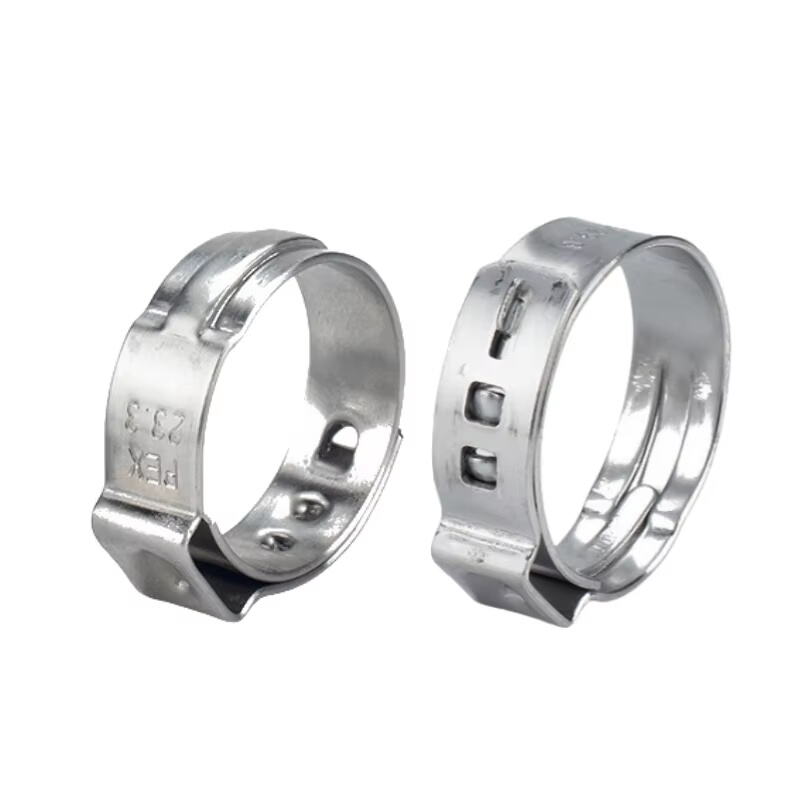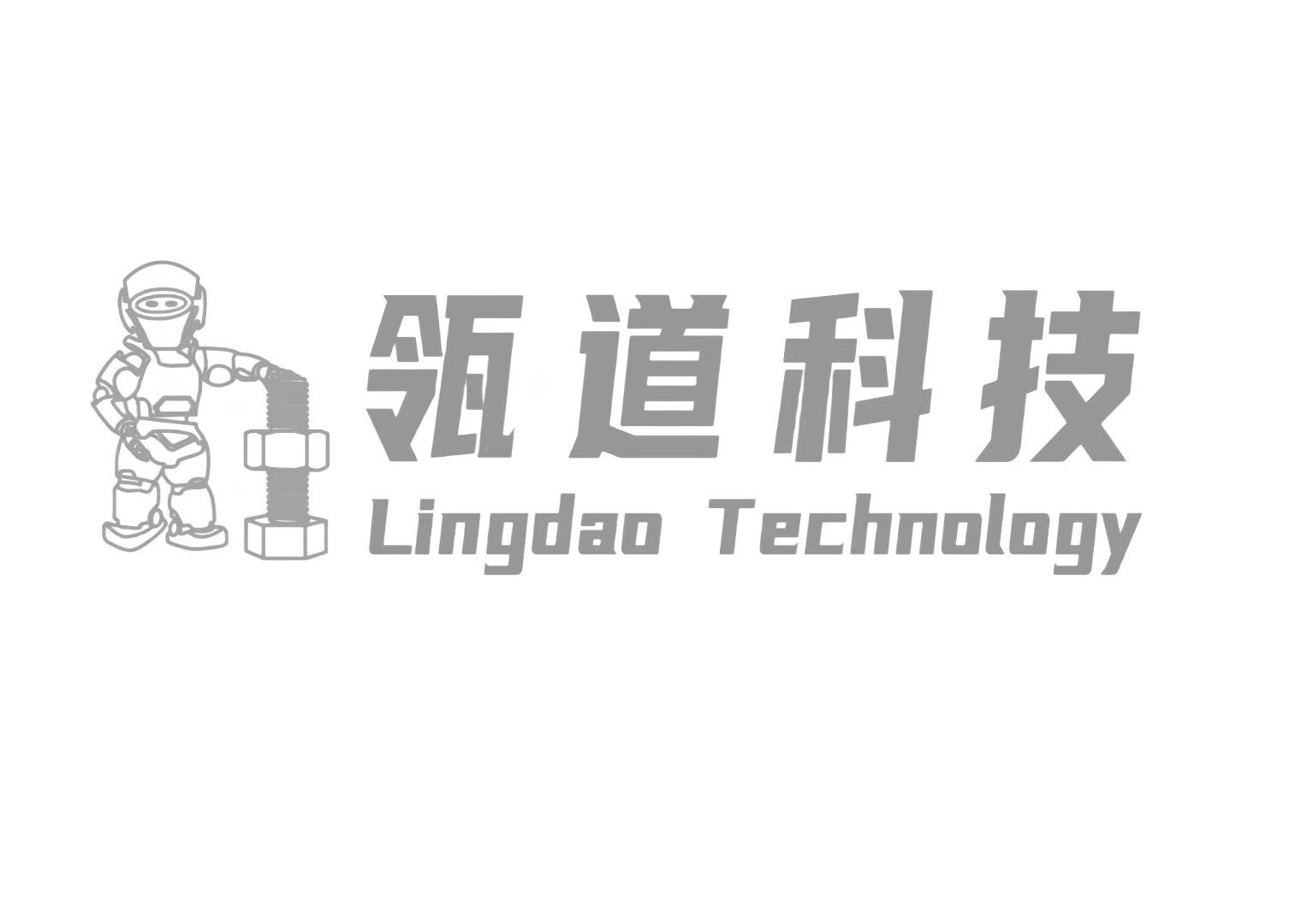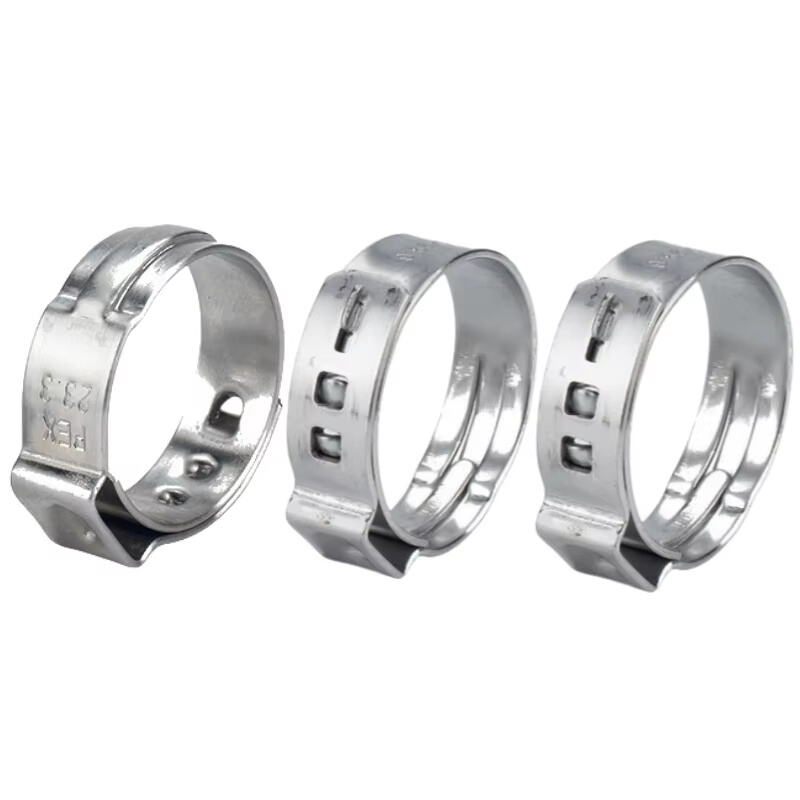Understanding the Impact of Spring Hose Clamps in Modern Industrial Applications
The industrial sector continuously evolves with innovative solutions that enhance system efficiency and reliability. Among these crucial components, spring hose clamps have emerged as indispensable elements in various industrial applications. These precision-engineered fastening devices provide consistent pressure and superior sealing capabilities, making them essential for maintaining fluid and gas connections in complex industrial systems. As we delve deeper into their advantages, you'll discover why more industrial facilities are making the switch to spring hose clamps for their critical applications.
Superior Clamping Performance and Reliability
Constant Tension Mechanics
Spring hose clamps utilize an innovative design that maintains consistent pressure regardless of temperature fluctuations or material expansion and contraction. This unique feature ensures that connections remain secure even under varying operational conditions. The spring mechanism automatically adjusts to compensate for any changes in the hose material, preventing leaks that could otherwise occur with traditional worm-drive clamps.
Enhanced Sealing Properties
The uniform pressure distribution provided by spring hose clamps creates an exceptionally reliable seal. Unlike conventional clamps that may create uneven pressure points, spring hose clamps deliver consistent force around the entire circumference of the hose. This results in improved sealing integrity and reduced risk of fluid or gas leakage, particularly in high-pressure systems where maintaining a proper seal is crucial.

Installation Efficiency and Cost Benefits
Quick Installation Process
One of the most significant advantages of spring hose clamps is their straightforward installation process. Technicians can install these clamps quickly and efficiently, requiring minimal tools and training. The spring-loaded design allows for rapid positioning and securing, reducing installation time and associated labor costs. This efficiency is particularly valuable during large-scale industrial maintenance operations where multiple connections need to be secured.
Long-term Cost Effectiveness
While the initial investment in spring hose clamps might be slightly higher than traditional alternatives, their long-term cost benefits are substantial. The reduced maintenance requirements, longer service life, and decreased likelihood of leaks contribute to significant cost savings over time. Additionally, the prevention of system failures and downtime through reliable sealing translates to improved operational efficiency and reduced repair expenses.
Durability and Environmental Adaptability
Material Resilience
Modern spring hose clamps are manufactured using high-grade stainless steel and other corrosion-resistant materials. This construction ensures exceptional durability even in harsh industrial environments where exposure to chemicals, extreme temperatures, and various environmental factors is common. The robust material selection contributes to extended service life and maintained performance integrity throughout the clamp's operational lifetime.
Temperature and Pressure Tolerance
Spring hose clamps excel in applications involving significant temperature variations and high-pressure conditions. Their design allows them to maintain proper sealing force across a wide temperature range, making them ideal for both heated and cooled system components. This adaptability ensures consistent performance in diverse industrial applications, from chemical processing to heavy manufacturing environments.
Safety and Compliance Features
Enhanced Operational Safety
The reliable sealing properties of spring hose clamps contribute significantly to workplace safety. By maintaining secure connections and preventing leaks, these clamps help protect workers from potential exposure to hazardous materials and reduce the risk of accidents related to system failures. The consistent pressure distribution also minimizes the risk of hose damage that could lead to safety incidents.
Industry Standard Compliance
Spring hose clamps are designed to meet or exceed various industrial standards and regulations. Their construction and performance characteristics align with international safety requirements and industry-specific guidelines. This compliance ensures that facilities can maintain their certification status and operate within required safety parameters while using these essential components.
Versatility and Application Range
Multi-Industry Compatibility
The versatility of spring hose clamps makes them suitable for numerous industrial applications. From automotive manufacturing to food processing, these clamps adapt to different hose sizes, materials, and operating conditions. Their flexibility in application allows industrial facilities to standardize their clamping solutions across various systems, simplifying inventory management and maintenance procedures.
System Integration Benefits
Spring hose clamps seamlessly integrate with existing industrial systems and can be incorporated into new installations without requiring significant modifications. Their compatibility with various hose types and sizes, coupled with their reliable performance, makes them an ideal choice for system upgrades and expansions. This adaptability helps facilities maintain consistency in their operations while benefiting from improved connection reliability.
Frequently Asked Questions
What makes spring hose clamps superior to traditional worm drive clamps?
Spring hose clamps offer constant tension adjustment, uniform pressure distribution, and better adaptation to temperature changes. These features result in more reliable sealing and reduced maintenance requirements compared to traditional worm drive clamps.
How often should spring hose clamps be replaced in industrial applications?
While spring hose clamps are highly durable, it's recommended to inspect them during regular maintenance intervals, typically every 12-18 months. Replacement should be based on visual inspection, operating conditions, and manufacturer recommendations rather than a fixed schedule.
Can spring hose clamps be reused after removal?
While spring hose clamps are designed to maintain their tension properties, it's generally recommended to use new clamps when reassembling connections to ensure optimal sealing performance and safety. This practice helps maintain system integrity and prevents potential failures.
Table of Contents
- Understanding the Impact of Spring Hose Clamps in Modern Industrial Applications
- Superior Clamping Performance and Reliability
- Installation Efficiency and Cost Benefits
- Durability and Environmental Adaptability
- Safety and Compliance Features
- Versatility and Application Range
- Frequently Asked Questions

